PLATE 1. Missouri winter and spring branch.
The Eau de Vie
by Joshua Heston
The spring branch still runs at the Eau de Vie, (pronounced O-divy), that desolate Missouri ghost town abandoned by the mid-1890s. Remants, and there are few, are scattered over three lonely, beautiful hillsides, thick with oak and cedar.
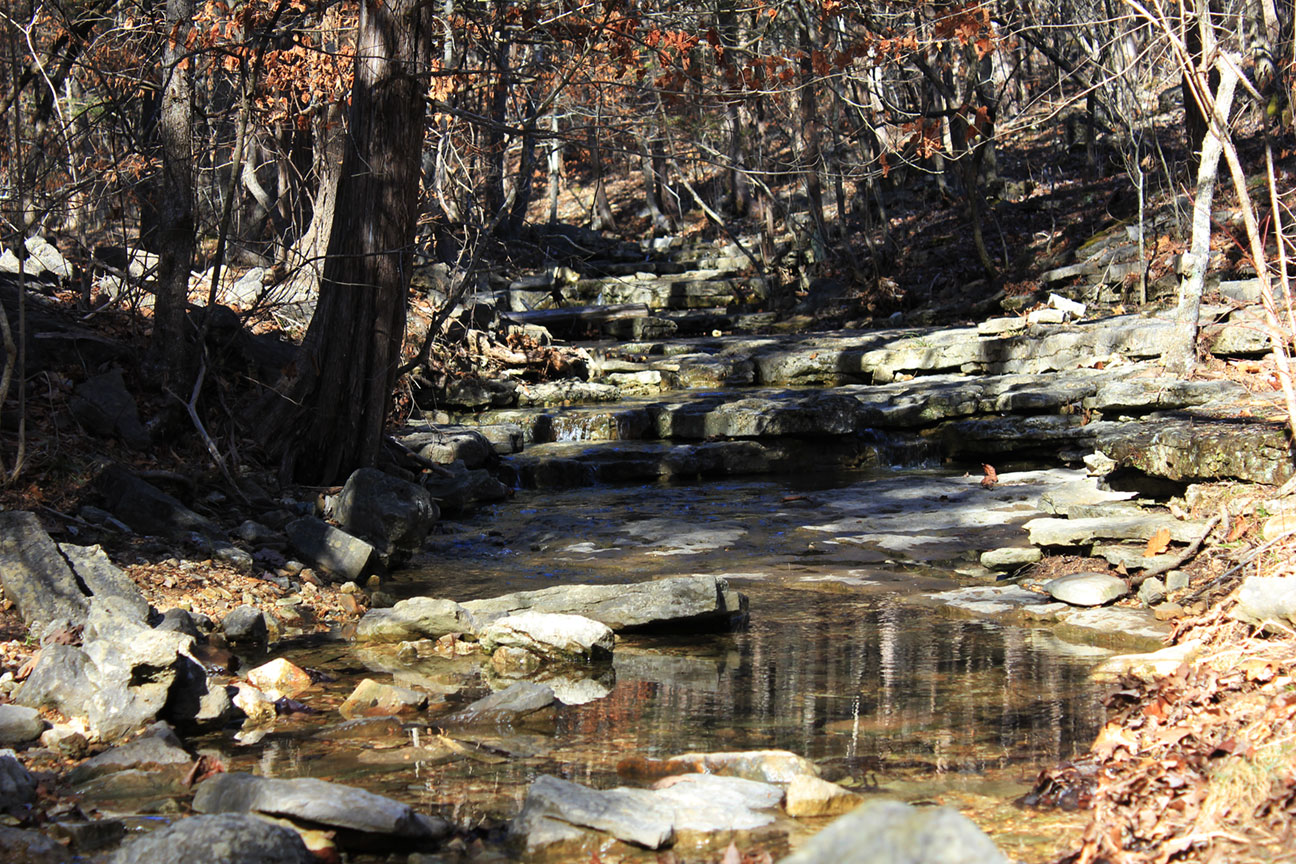
PLATE 2. The spring branch of the Eau de Vie.
At the head of the branch is a sharp cleft and towering embankment (PLATE 4).Cold water pours forth year-round. “Surveyors came and said it was just surface water but they’re wrong. The Eau de Vie never dries up,” says Marvonne Davis Clower. She owns the property and grew up just down the holler in a big white house erased by a sprawling rock quarry. Her father grew up here as well and he loved the Eau de Vie too. “Daddy used to show me where the buildings were.”
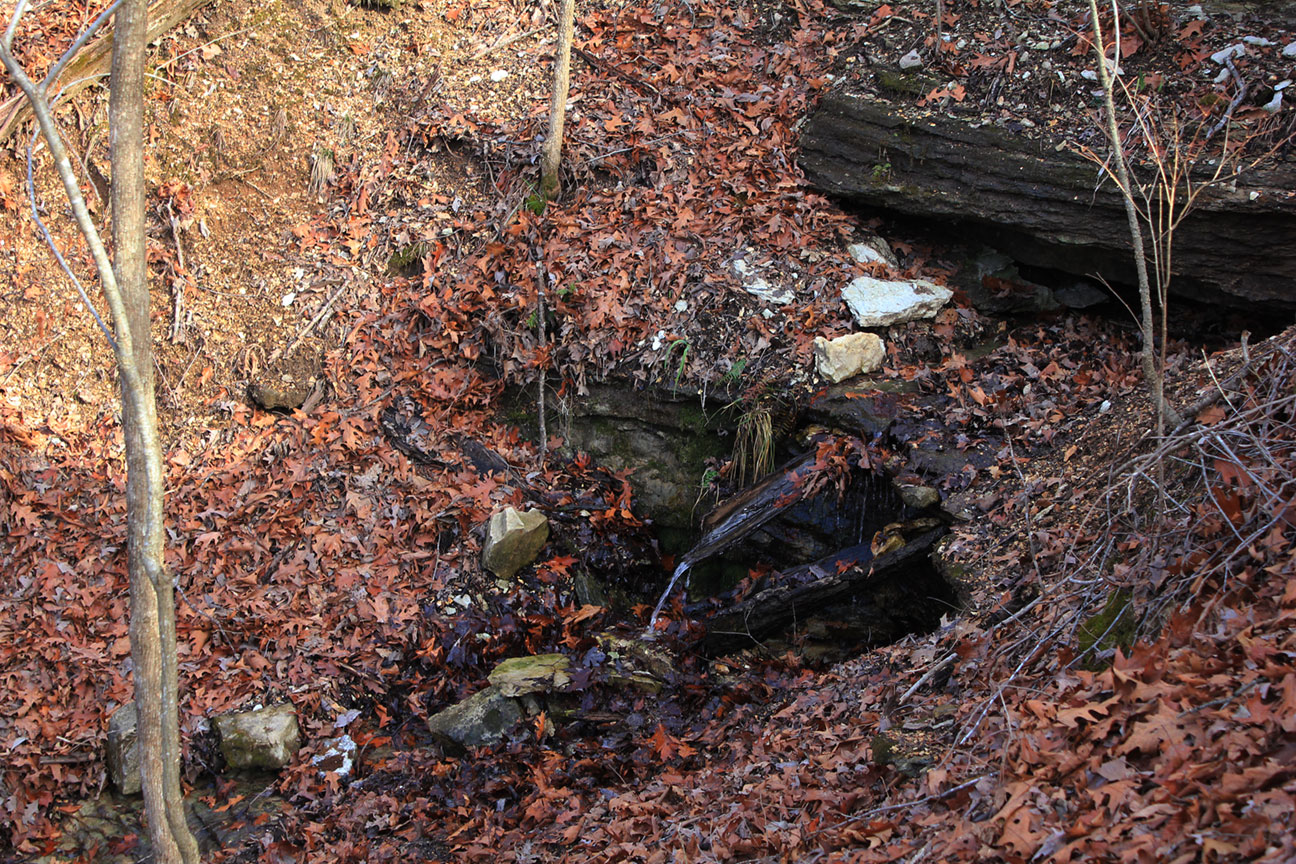
PLATE 3. Detail of the Eau de Vie Spring. Leaves cover the rock until springtime when the debris is washed away.
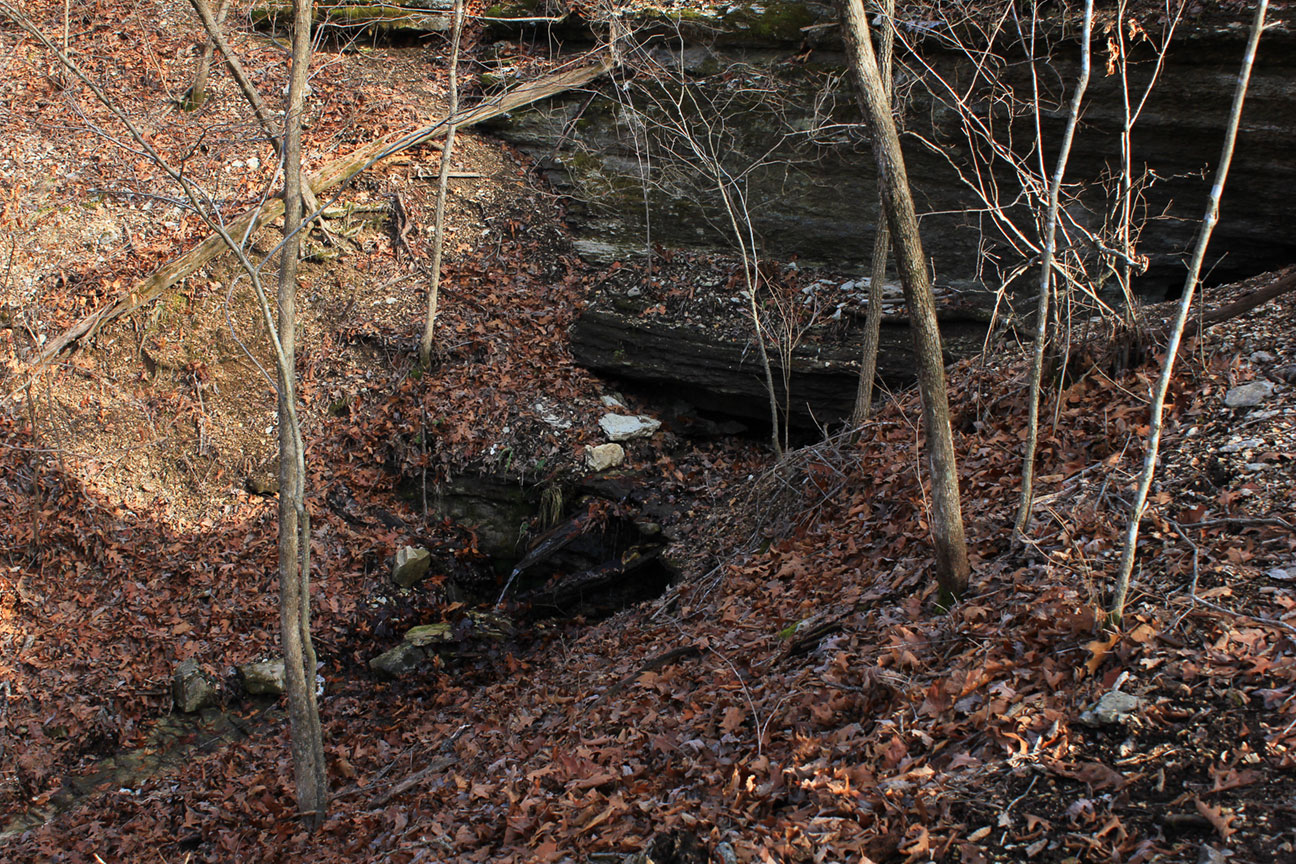
PLATE 4. The Eau de Vie cleft and embankment. A cave entrance lies just above the spring.
Those three hillsides are yet scarred with wagon roads, dug out by mule-pulled grader nigh on 127 years ago. The paths corksrew through the wilderness, one of the few reminders this was once a bustling city.
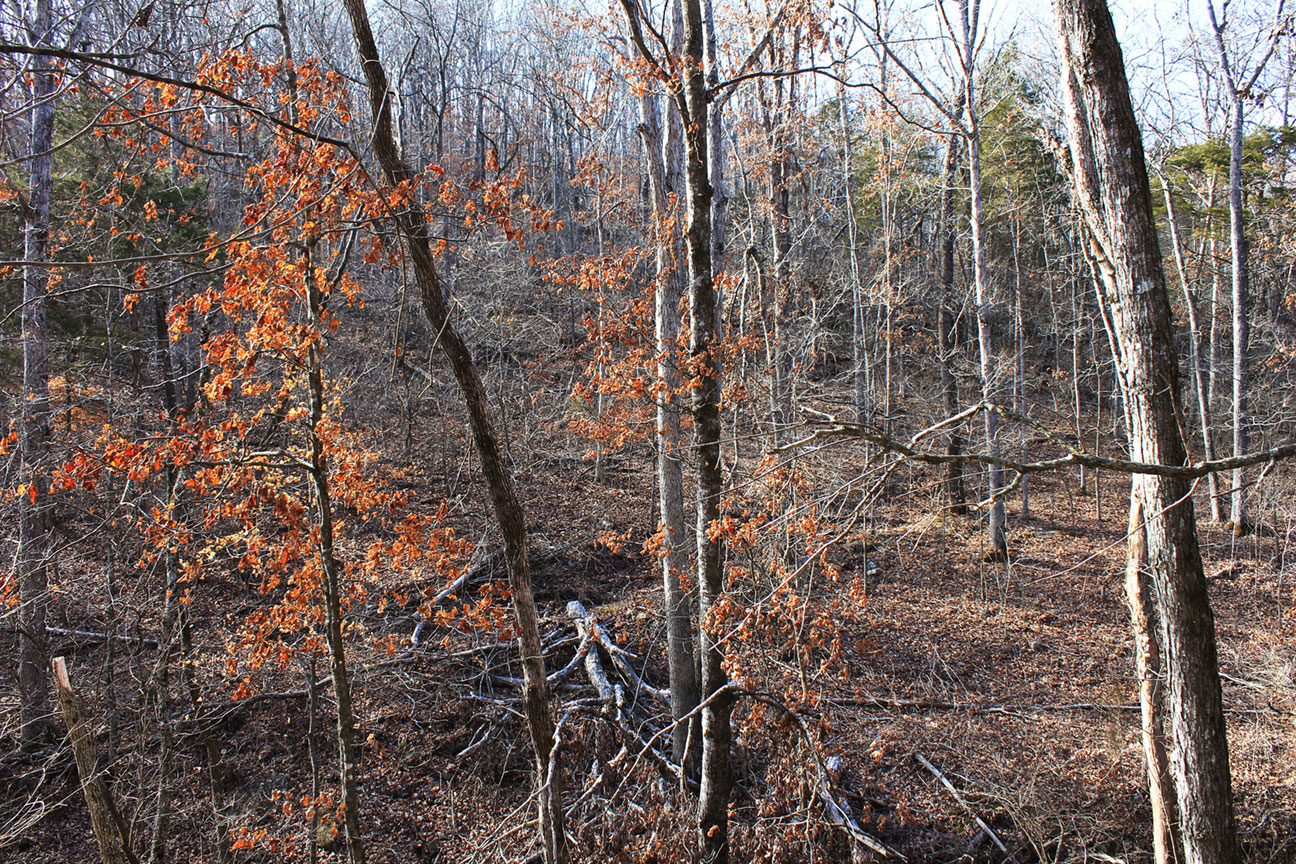
PLATE 5. Look carefully and you can yet trace the old wagon trail from lower left to upper right.
It is so easy to imagine the good old days as little more than a time of country quilts, apple pies and horse-drawn carts. It was not. Life was hard, not just in the hills of the Ozarks but everywhere. Crowded cities were breeding places for contagious disease. Medical care was haphazard at best. Cholera, polio, diptheria and consumption (tuberculosis) were typically a death sentence.
Disease leads to desperation, desperation to action — and not all of it rational. In the late 19th century, hordes of Americans flocked to the Ozarks, lured by the promise of healing waters. Cities sprang up, often little more than slats and wagon ruts, populated by those hoping against hope their disease could be miraculously cured by the Ozarks’ springwater
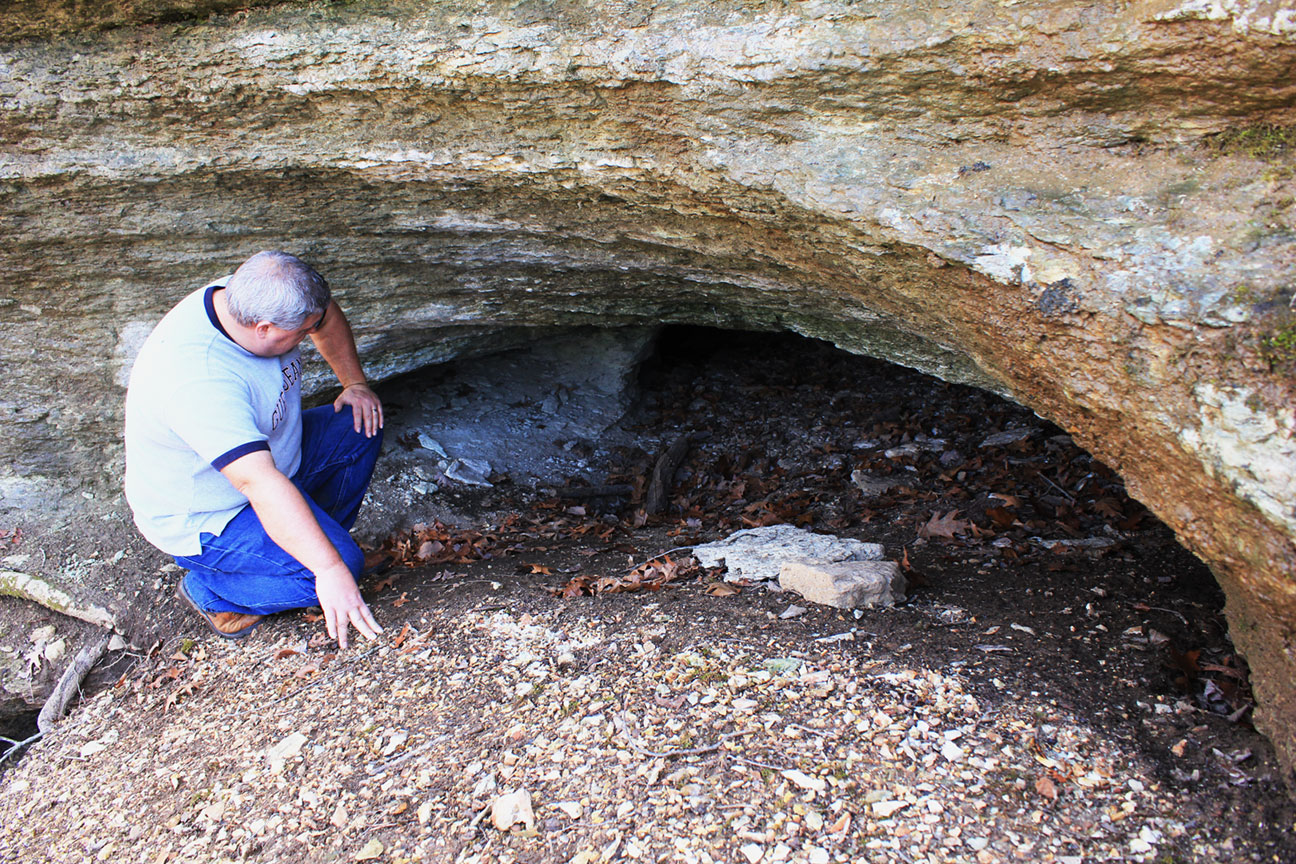
PLATE 6. Ozark historian Mike Coleman examines the cave entrance. Marvonne Davis Clower remembers, “One of my grandmother’s sons explored the cave and found at least one big room — big enough to dance in. You can’t get to it now though.”
Eureka Springs is the most long-lasting of these towns. Charles Morrow Wilson remembers, “At the turn of the century, the discovery of allegedly medicinal waters in the uniquely vertical settlement had drawn a stampede of real or would-be sick people, ranging from the hopelessly stricken or violently insane to the usual majority of comparatively healthy hypochondriacs and their accompanying kin. Thus, almost overnight, the peculiarly inaccessible moonshiners’ outpost had been changed into the biggest as well as the flimsiest town in the Arkansas Ozarks….” — page 25, The Bodacious Ozarks: True Tales of the Backhills (1959).
It was much the same around this coldwater spring held in place by three lonely hillsides and tucked into the ragged northern boundary of the White River Hills. In short order, 80 acres of rock were divided into lots. Tiny shacks sprang up in great number. The better homes had stone foundations, today little dugouts scattered here and there. Just over the rounding slope of the eastern mountain — and close to the flowing water — was a slaughterhouse. A schoolhouse and post office shared quarters. Across the creek to the north, the largest building in town: the saloon.
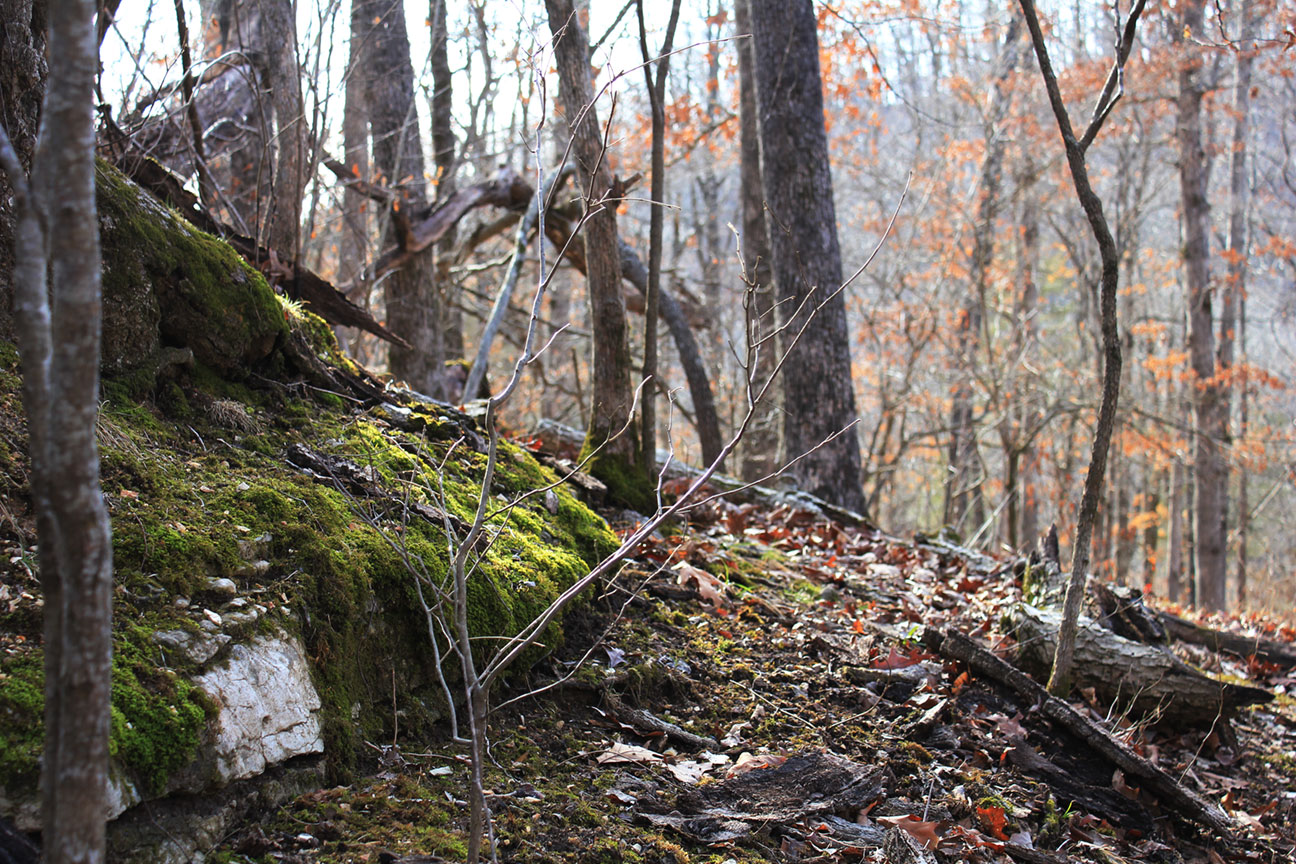
PLATE 7. Moss and karst limestone frame a hillside once a bustling Ozarks village.
There was no livestock. There were no crops. Pretensiously named and precariously perched, Eau de Vie (French, water of life) existed only for the spring water which, early on, ran red from minerals, fueling hope in its healing properties. The water was drank, it was bottled and it was sold and shipped to the cities.
This was a wild and wooly time in the Ozarks and it was a wild and wooly time at Eau di Vie, south of Chadwick and north of Hoot Owl Holler. In only 10 years, the town would be over. Skeptics had the water tested and spread the news: the spring’s “water of life” was mighty similar to water anywhere else in the Ozarks. Downright identical, in fact.
The population evaporated. Many placed their faith in yet another magic spring, this one at nearby Ponce (pronounced Poncey and named for Ponce de Leòn). Most settlers took their belongings — even their lumber — with them, leaving three lonely hillsides, now pockmarked with stone foundations, the ever-encroaching forest and, of course, the spring itself.
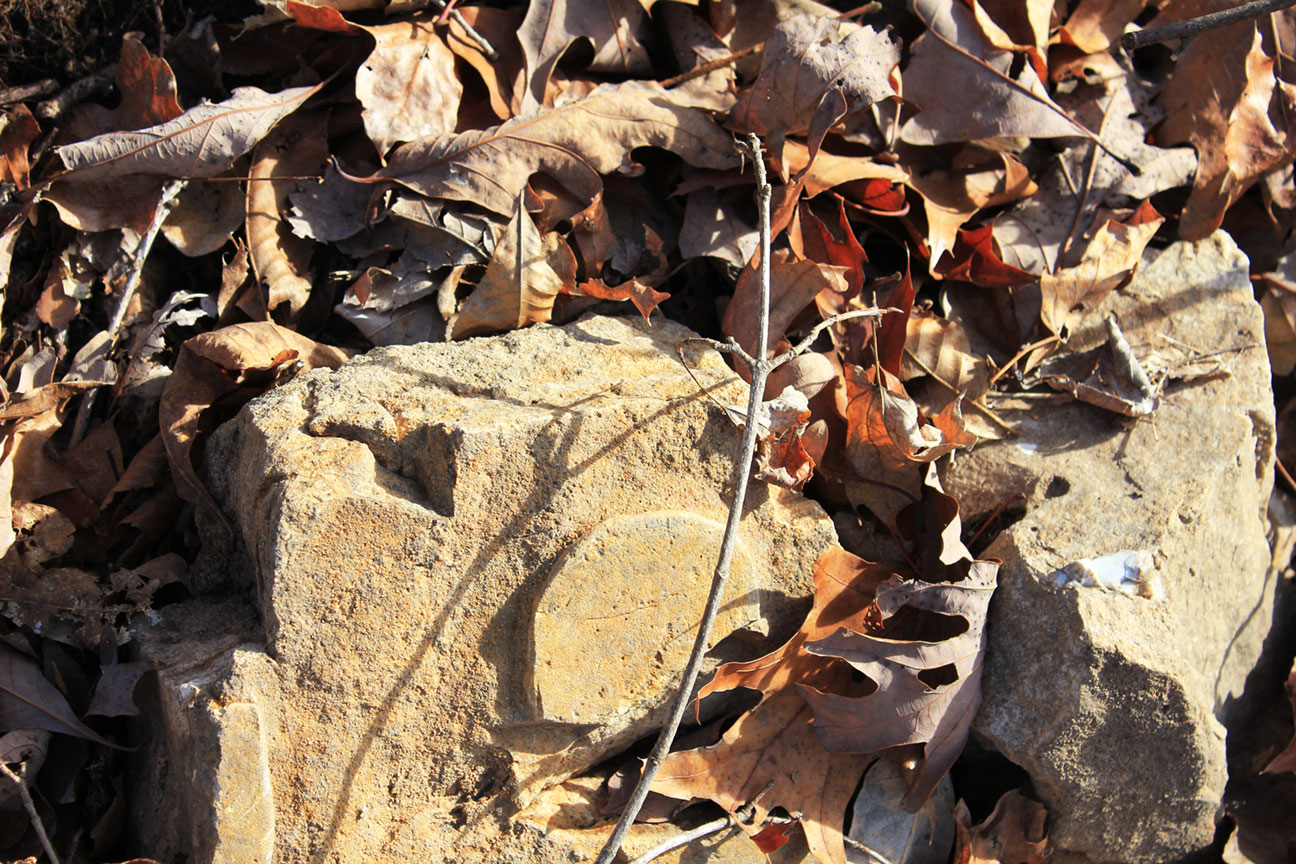
PLATE 8. Remnants of the village of Eau de Vie, crumbling in the afternoon winter sun.
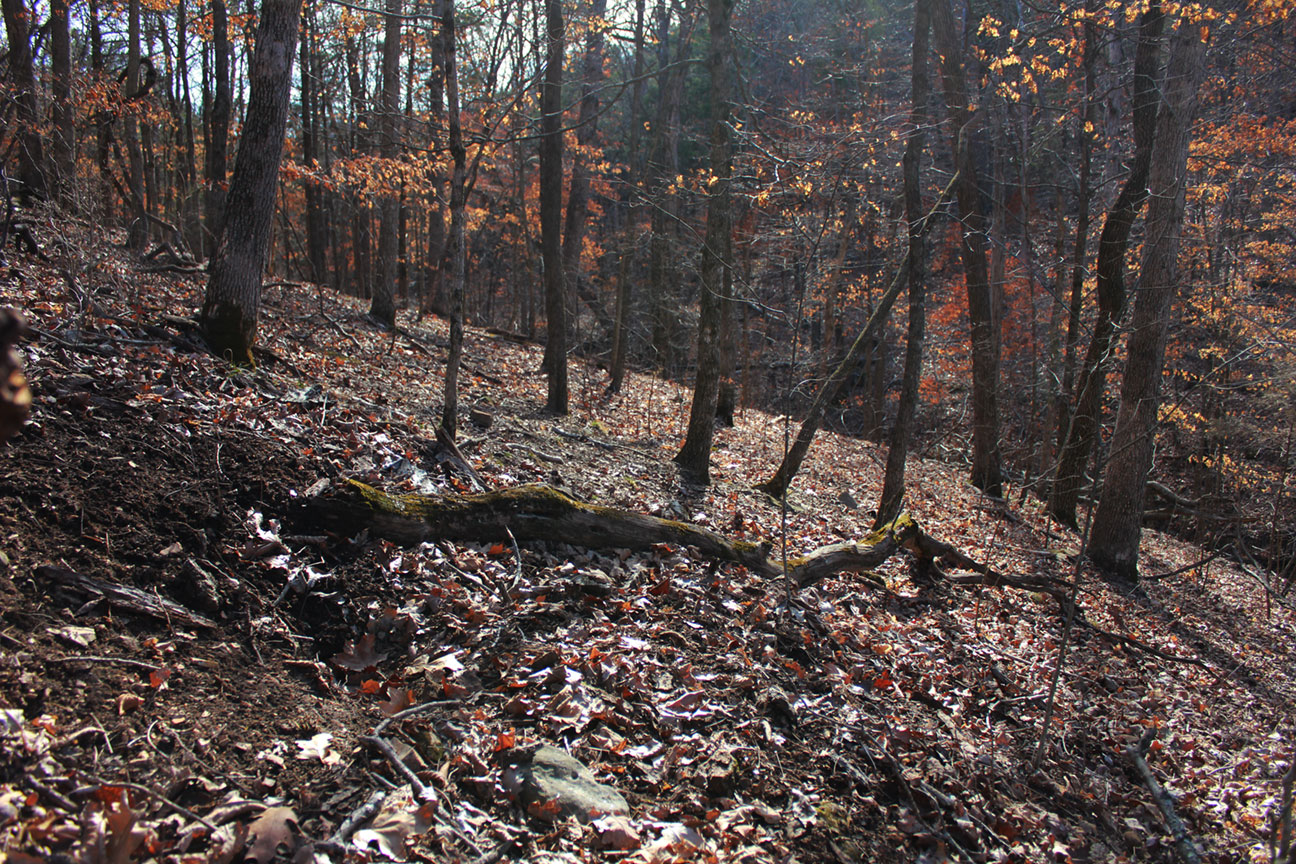
PLATE 9. Afternoon subsides in a surprisingly colorful Ozarks winter.
The Eau de Vie is a haunted place when the late afternoon sun slants through the trees. Peaceful, yet imbued with the hopes of so many, so long ago. People lived here. People died here. People gave everything of themselves here, hoping for a healing.
The legacy is all but lost, now just an old-timey story, best suited for a dark holler and a waning moon. In these old Ozarks.
Originally published on FEBRUARY 7, 2013
Story Credits
The Eau de Vie: State of the Ozarks
ALL PHOTO CREDITS: J. HESTON. SOTO © ARCHIVE • 02/03/13








